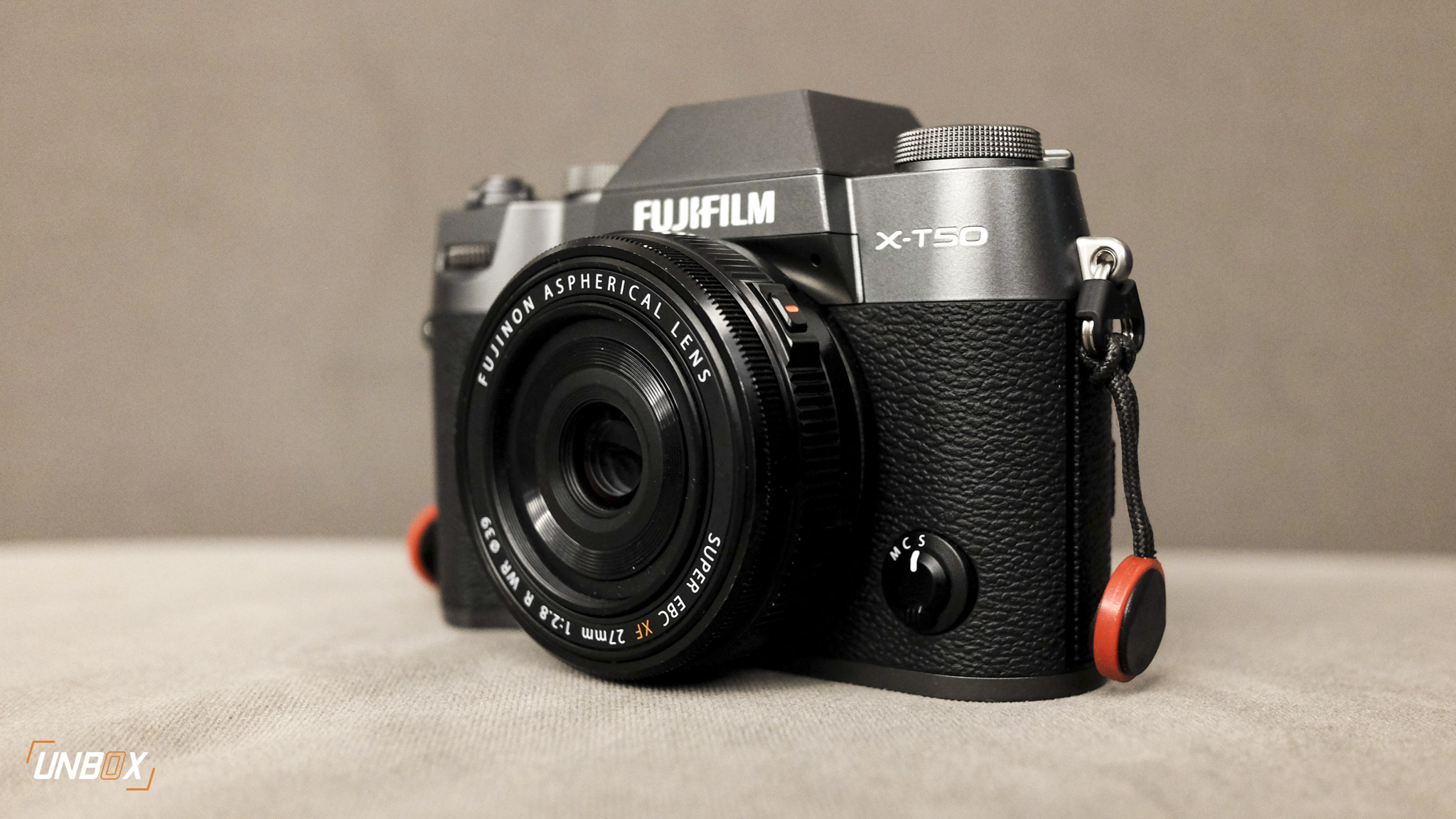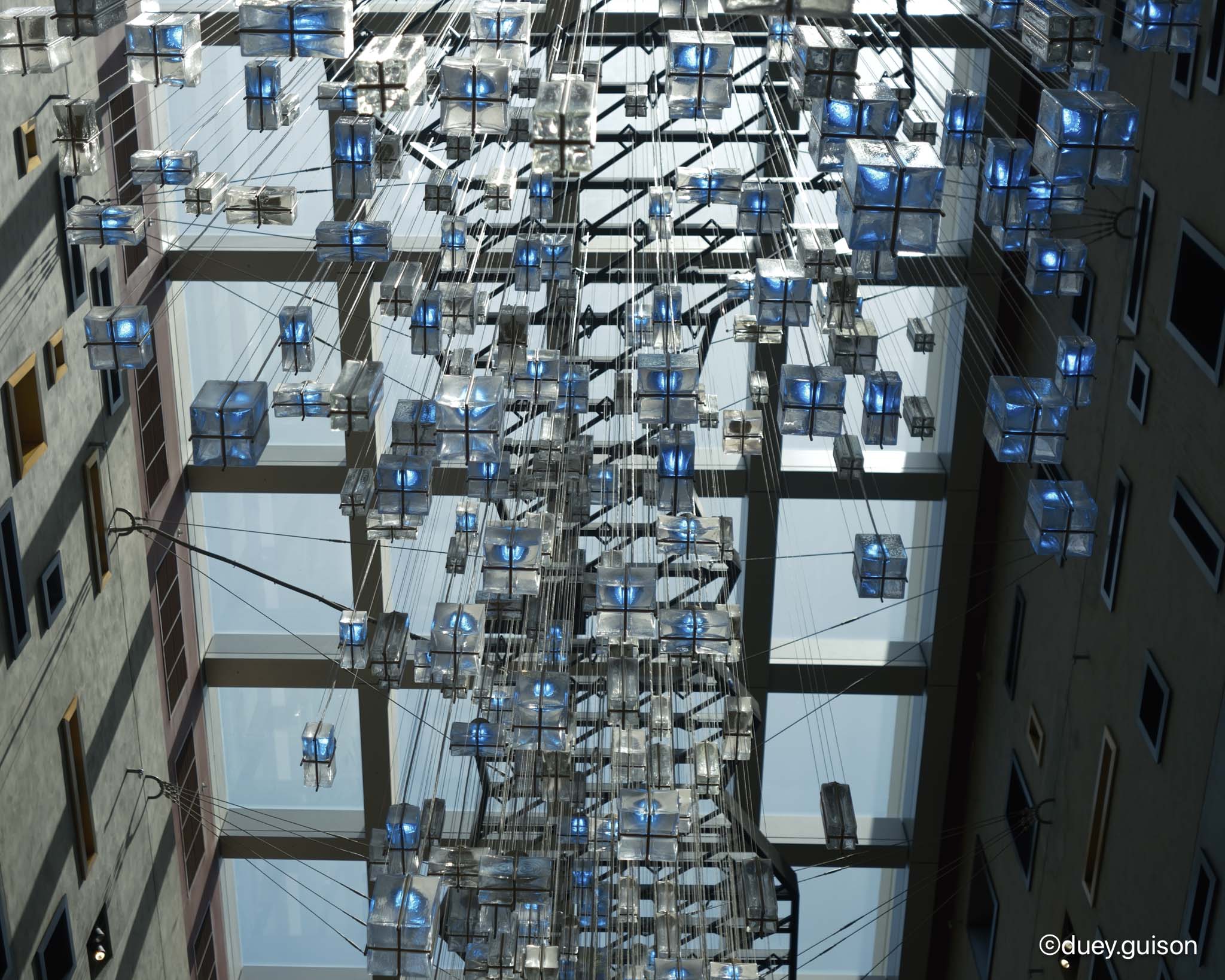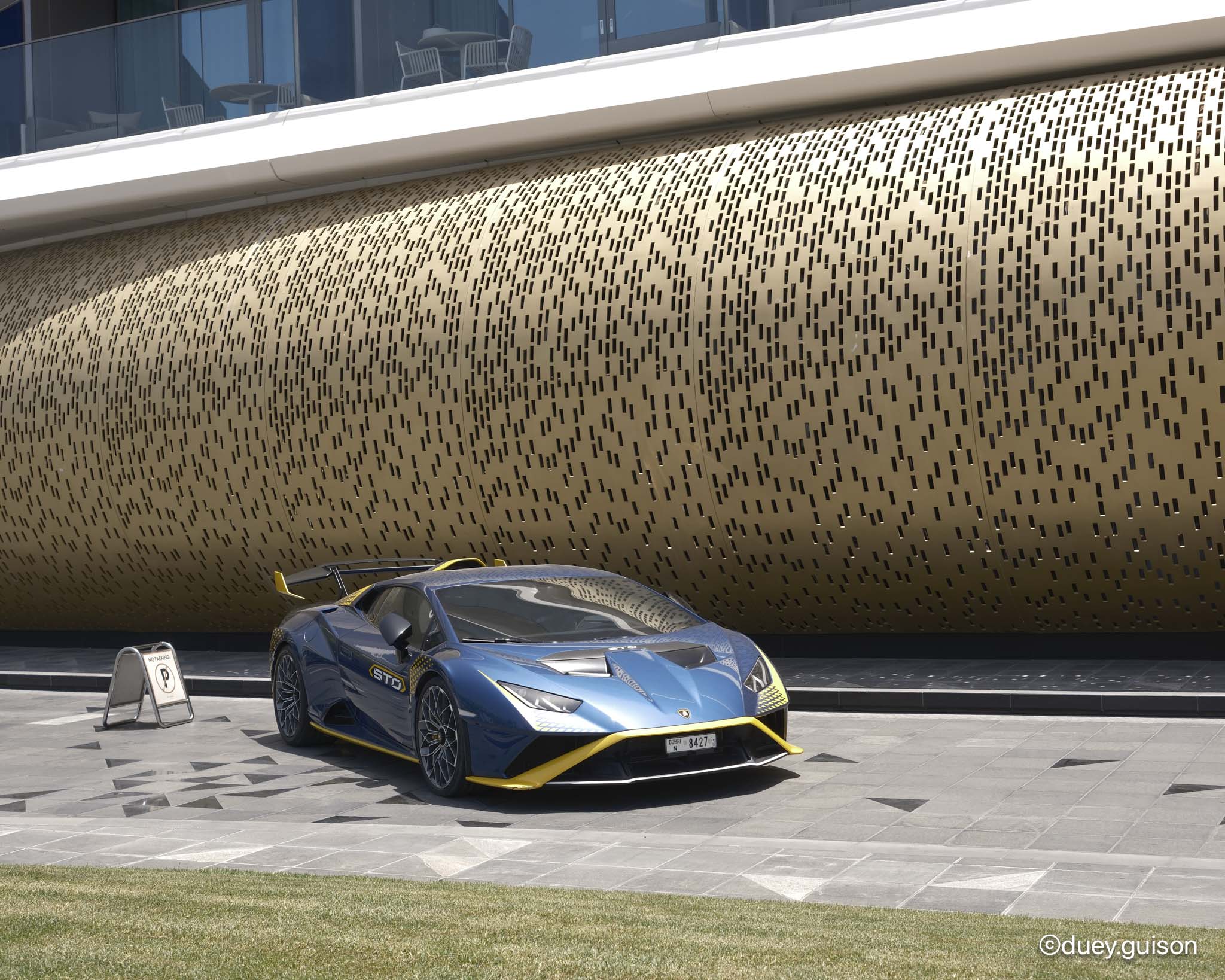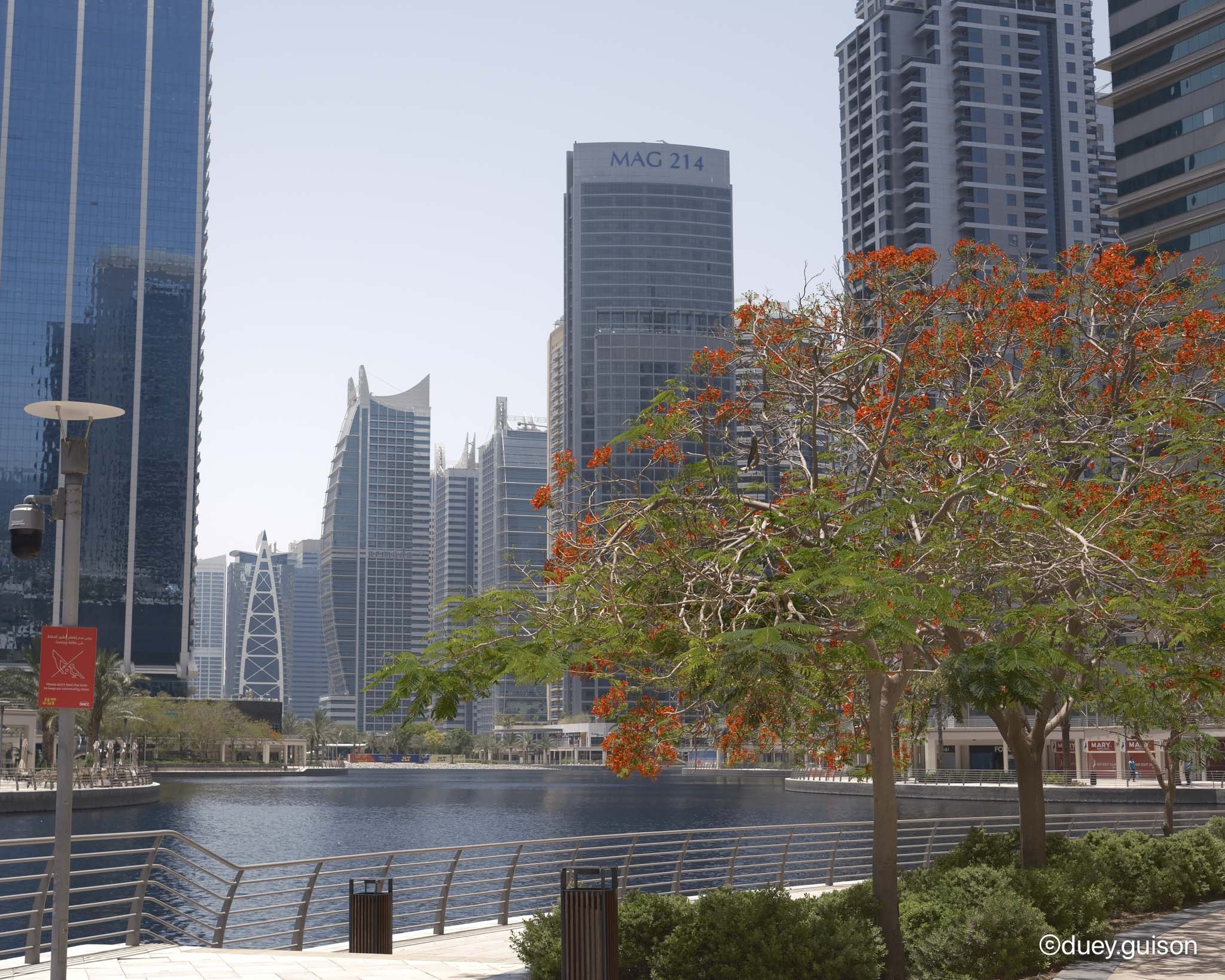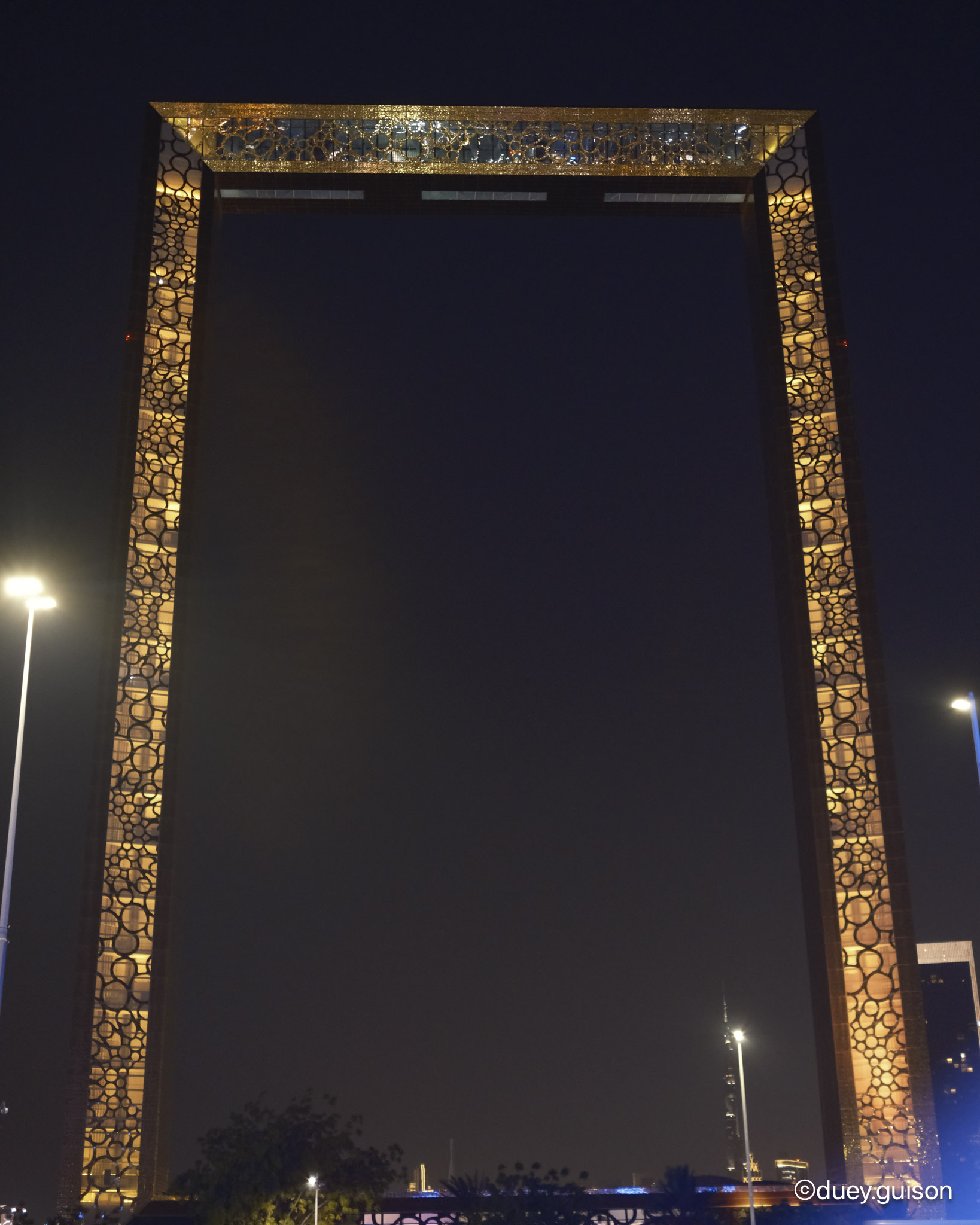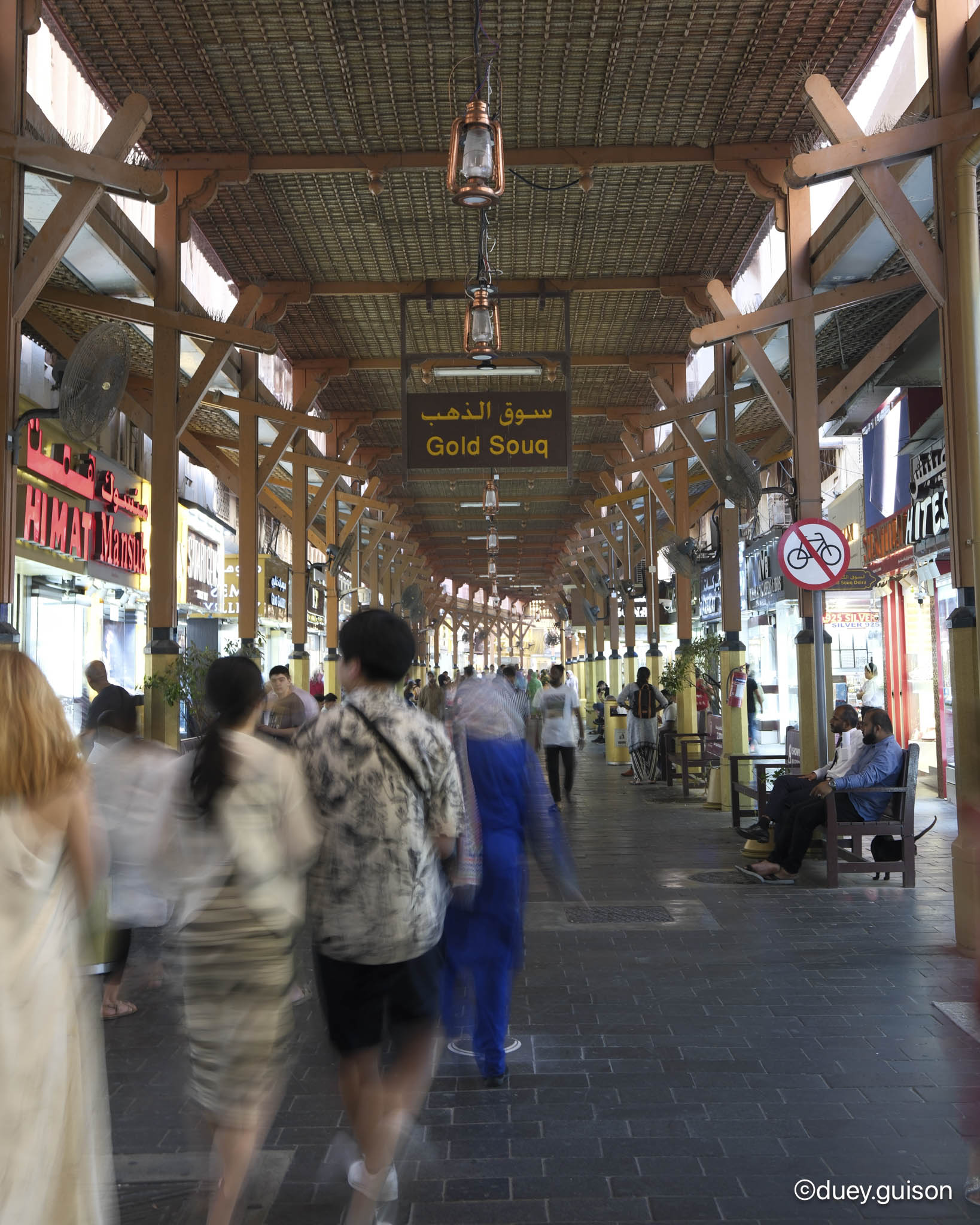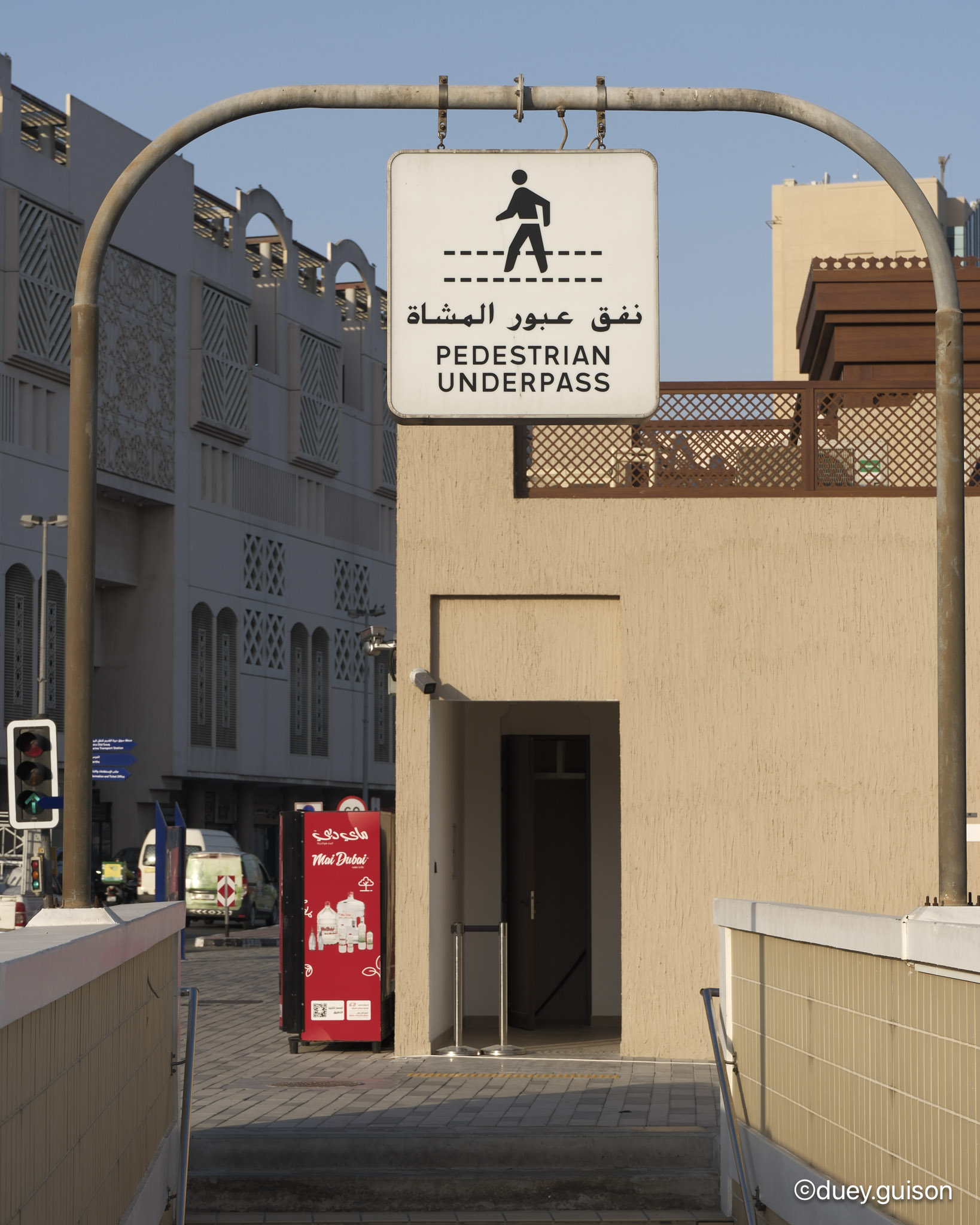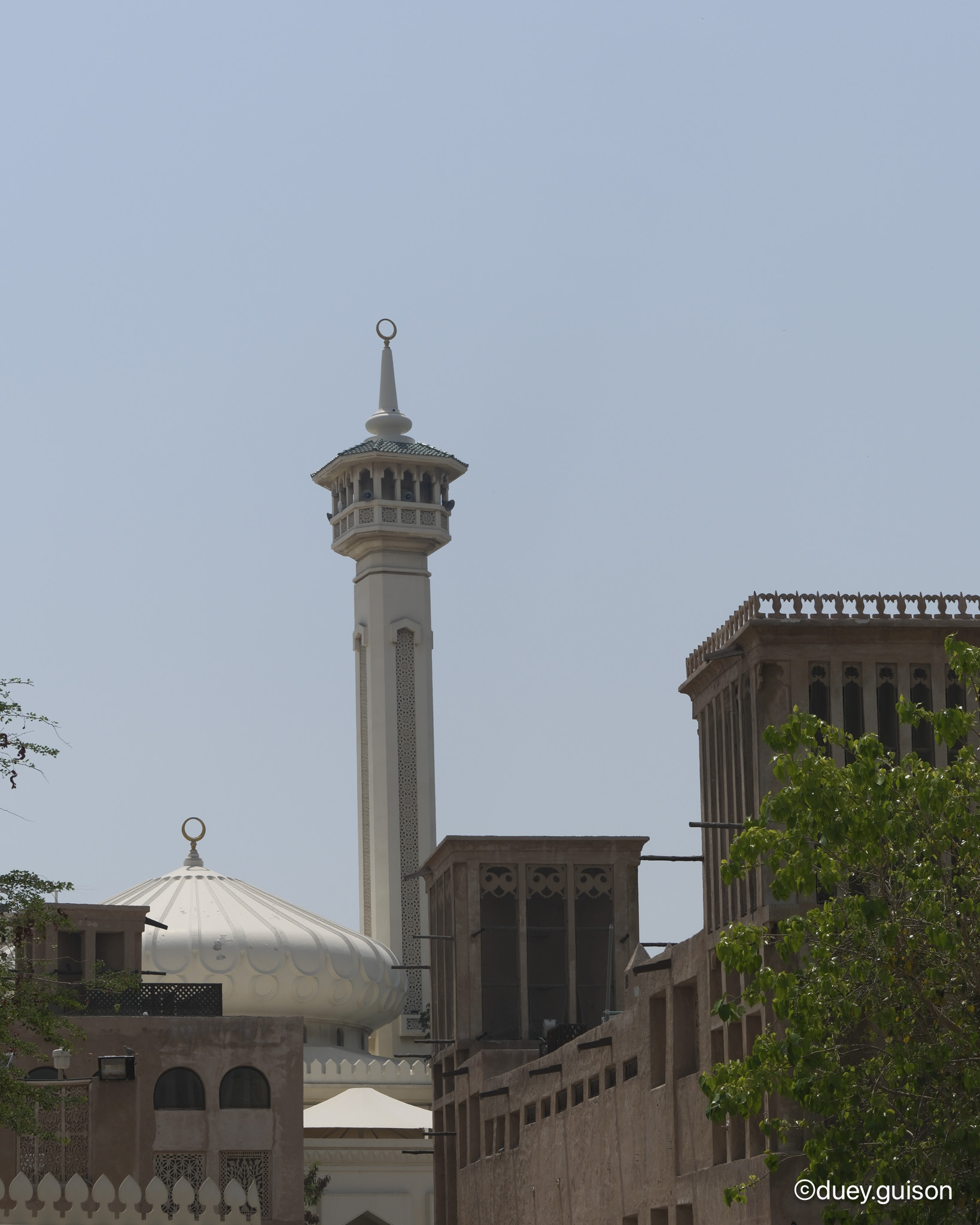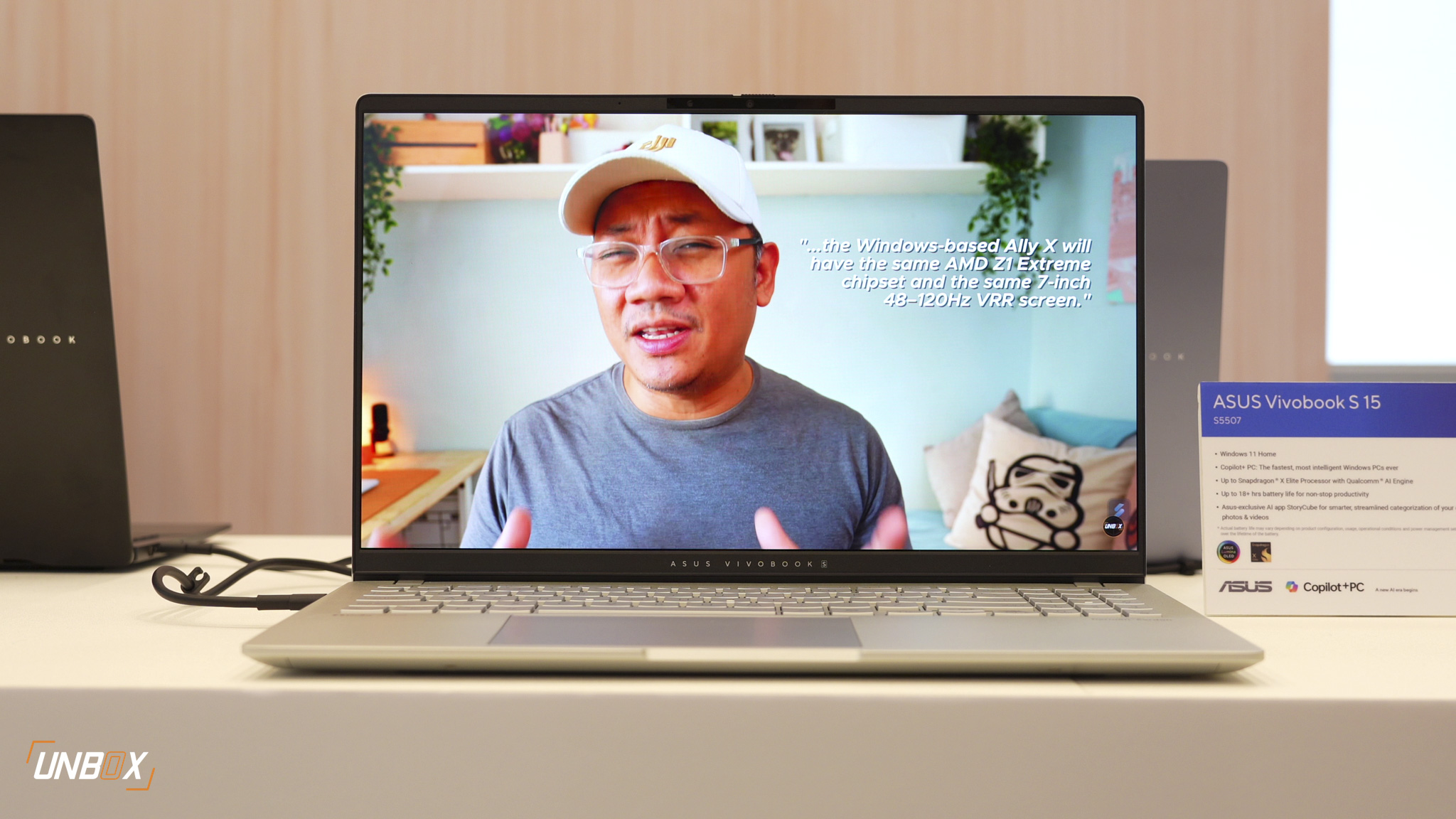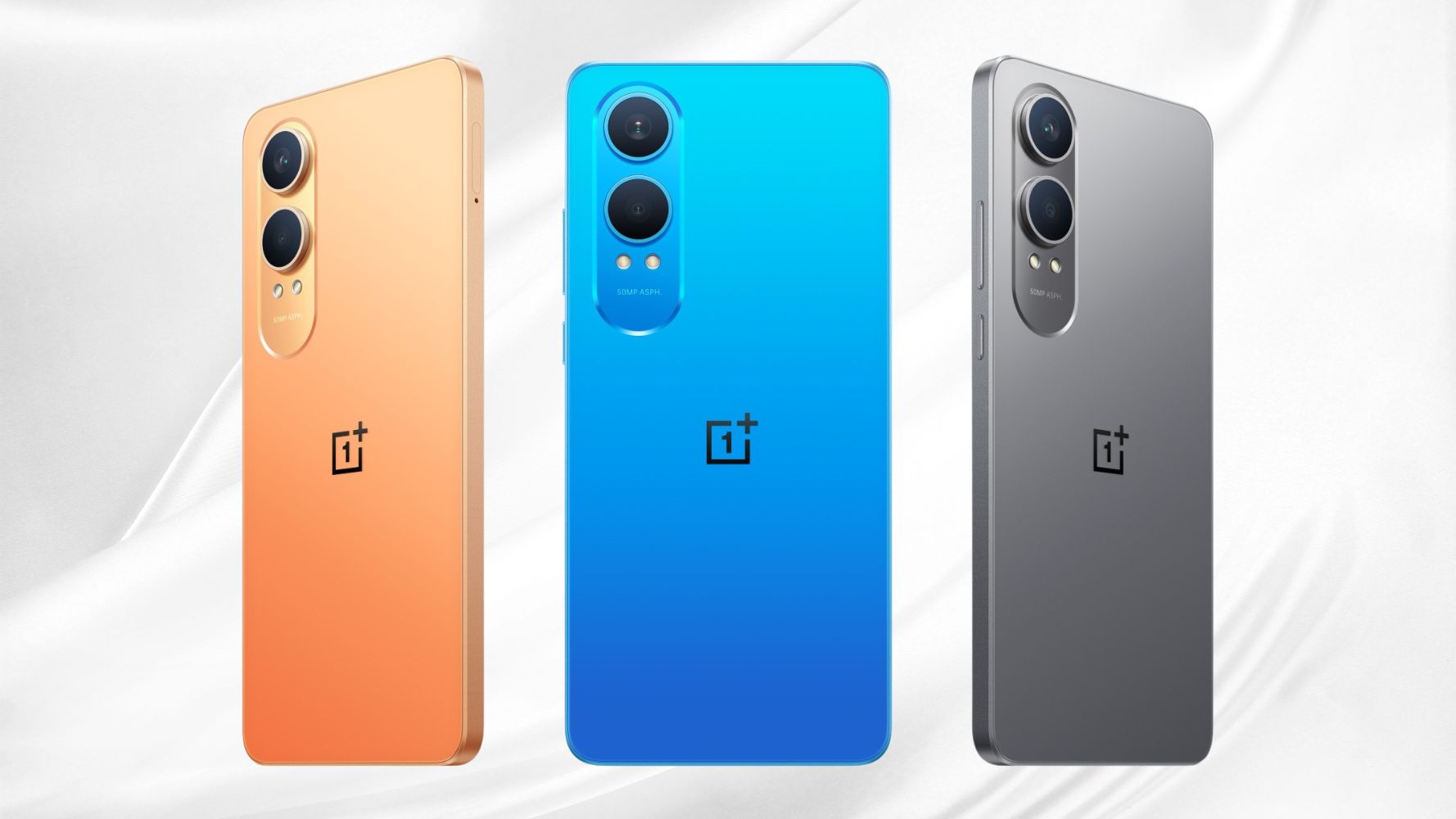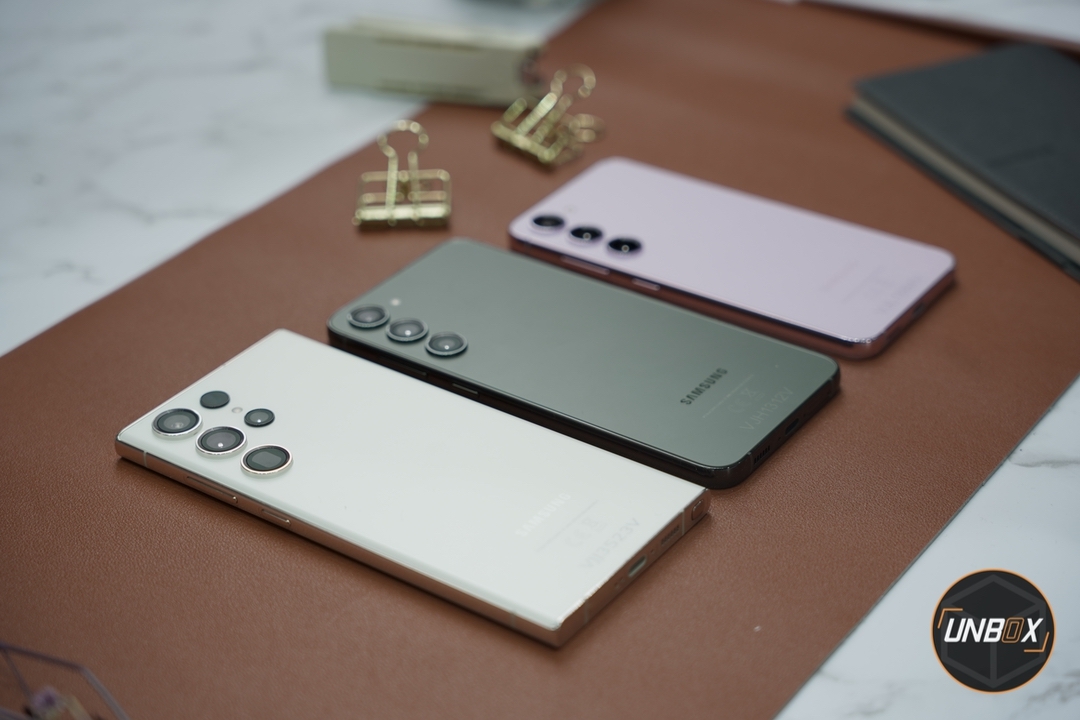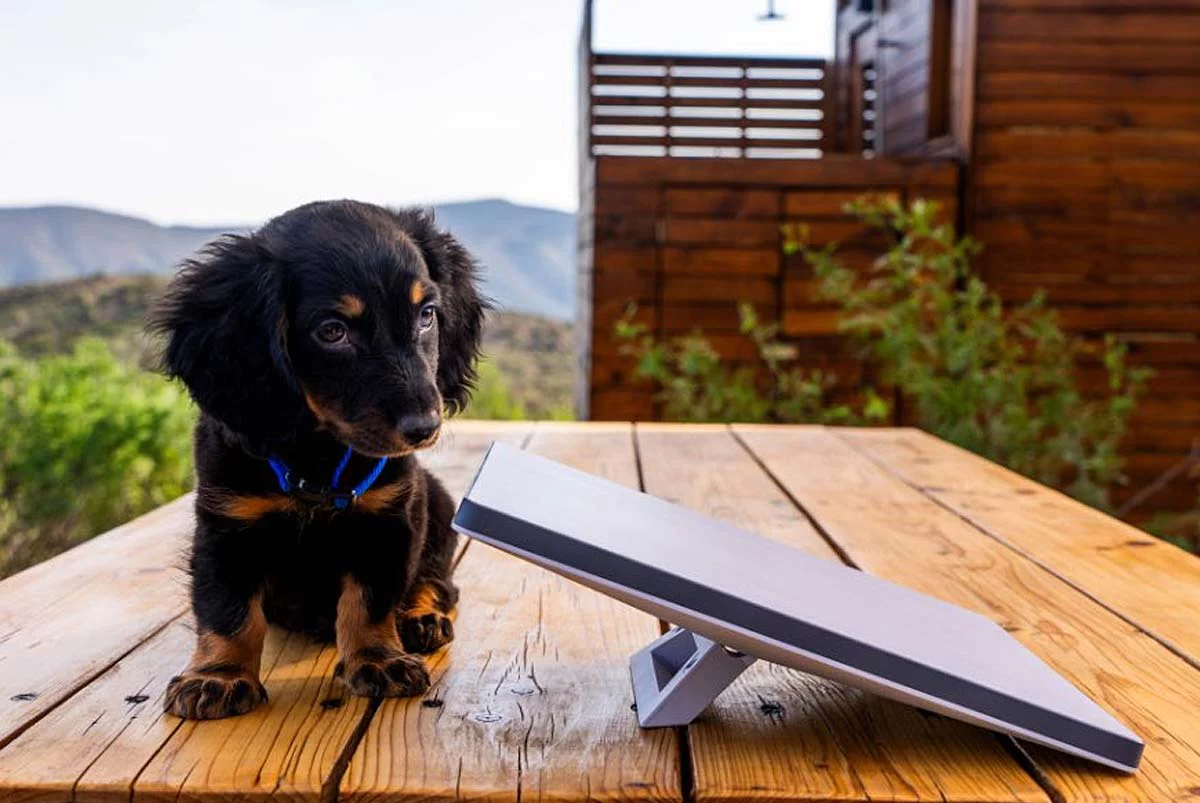It has been 2 weeks since Fujifilm made the X-T50 official globally including the Philippines. The latest model under the brand’s X-Txx series has a massive price jump over its predecessor, in exchange for features like an all-new 40-megapixel sensor with IBIS, a dedicated Film Simulation Dial with Reala Ace, and a few quality-of-life improvements.
READ MORE:
- Fujifilm X-T50 First Impressions Philippines: X100VI Alternative?
- Is the Fujifilm X100VI Worth the Hype?
Having used the X-T50 for two weeks in Manila and Dubai–along with using the much-hyped X100VI for a week in Singapore–the question remains: is the X-T50 worth its rather hefty asking price?
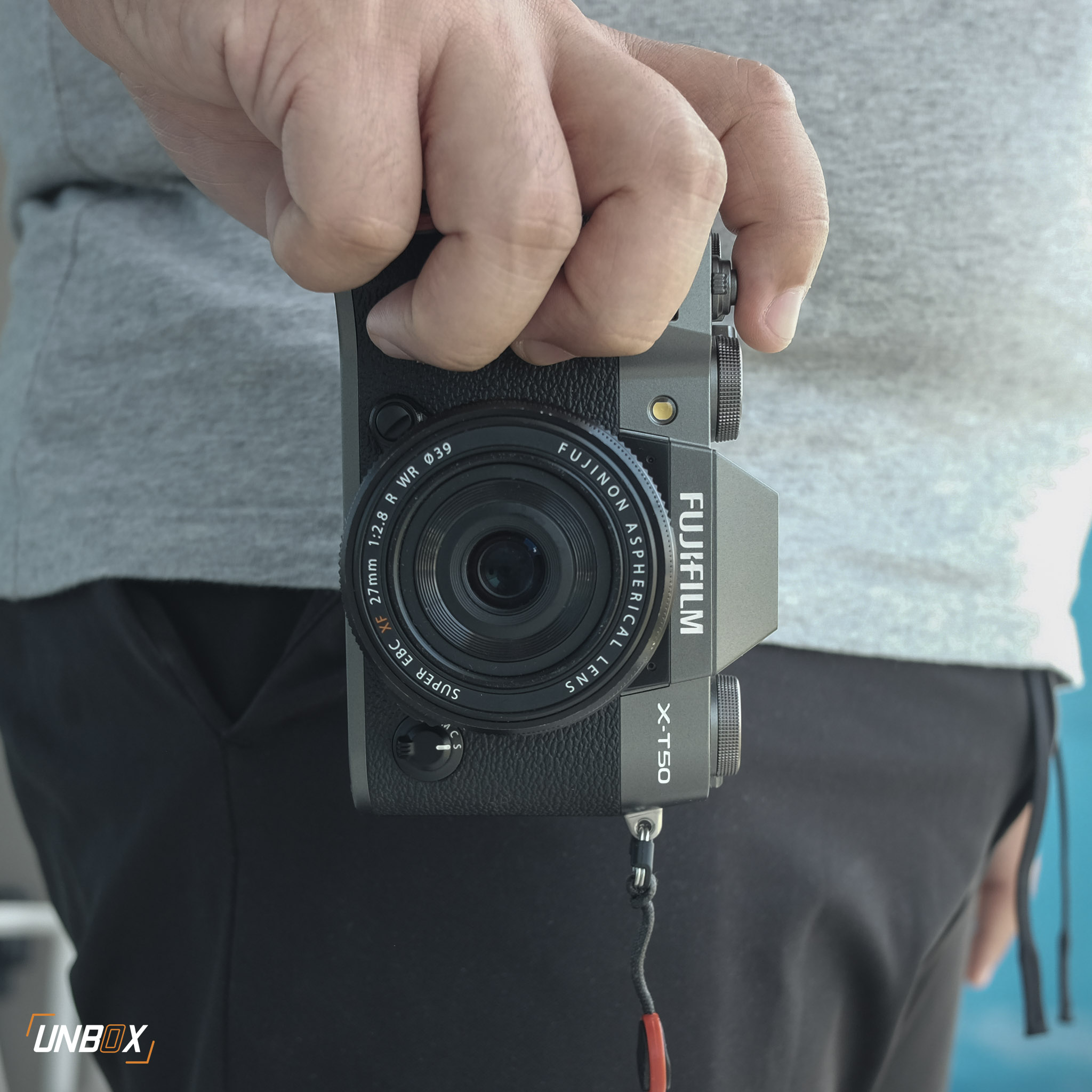
It’s compact (with the right lens).
One of the main arguments for getting an X-T50 is that it has roughly the same footprint as the X100VI–provided that you pair it with a slim lens like the XF 27mm pancake. You may not get the X100VI’s fancy hybrid viewfinder, but the X-T50 + XF 27mm combination is the next best alternative.
While the XF 27mm is 3 years old–and was designed before the X-Trans 5 HR sensor–we were getting a good amount of detail even when we used it to shoot the Dubai Frame at night. It also helps that the X-T50’s IBIS allowed us to shoot at lower shutter speeds so that we can shoot at lower ISOs for a less noisy image.
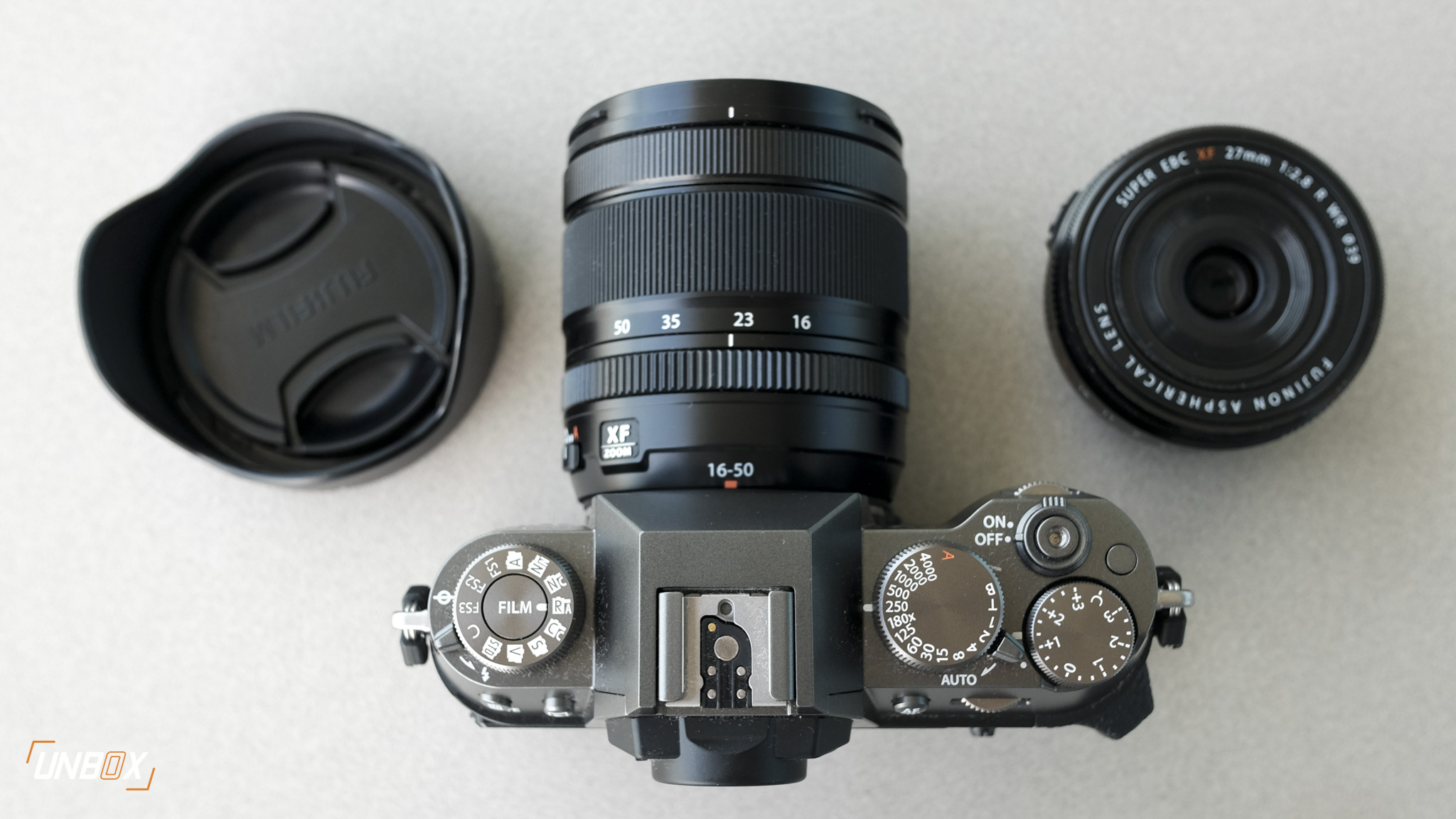
The new kit lens is really good.
It’s no secret that the XF 18-55 is a legendary Fujifilm lens as it is regarded as one of the best (if not the best) kit lenses you can ever have in any camera. The legendary kit lens is aging at this point (it was one of the first X-mount lenses back in 2013), which is why the XF 16-50mm is there to replace it. Granted that you lose IBIS and have a less bright aperture on the long end, the new kit lens gets you weather resistance, an internal zoom mechanism for a compact body, and a wider FoV on the short end.
Compared to the compact XF 27mm, the XF 16-50 is a great travel lens that covers the essential focal lengths. The updated optics on this lens make the most out of the X-T50’s 40-megapixel sensor–we were getting generous detail especially when we were taking photos of Dubai’s skyline behind the thick glass panes of the Burj Khalifa.

The loss of image stabilization on the kit lens is not a big deal, as the X-T50’s IBIS is more than enough for our needs especially in low-light shooting–like this long exposure shot of Dubai’s skyline at night, taken from our hotel at Palm Jumeirah.
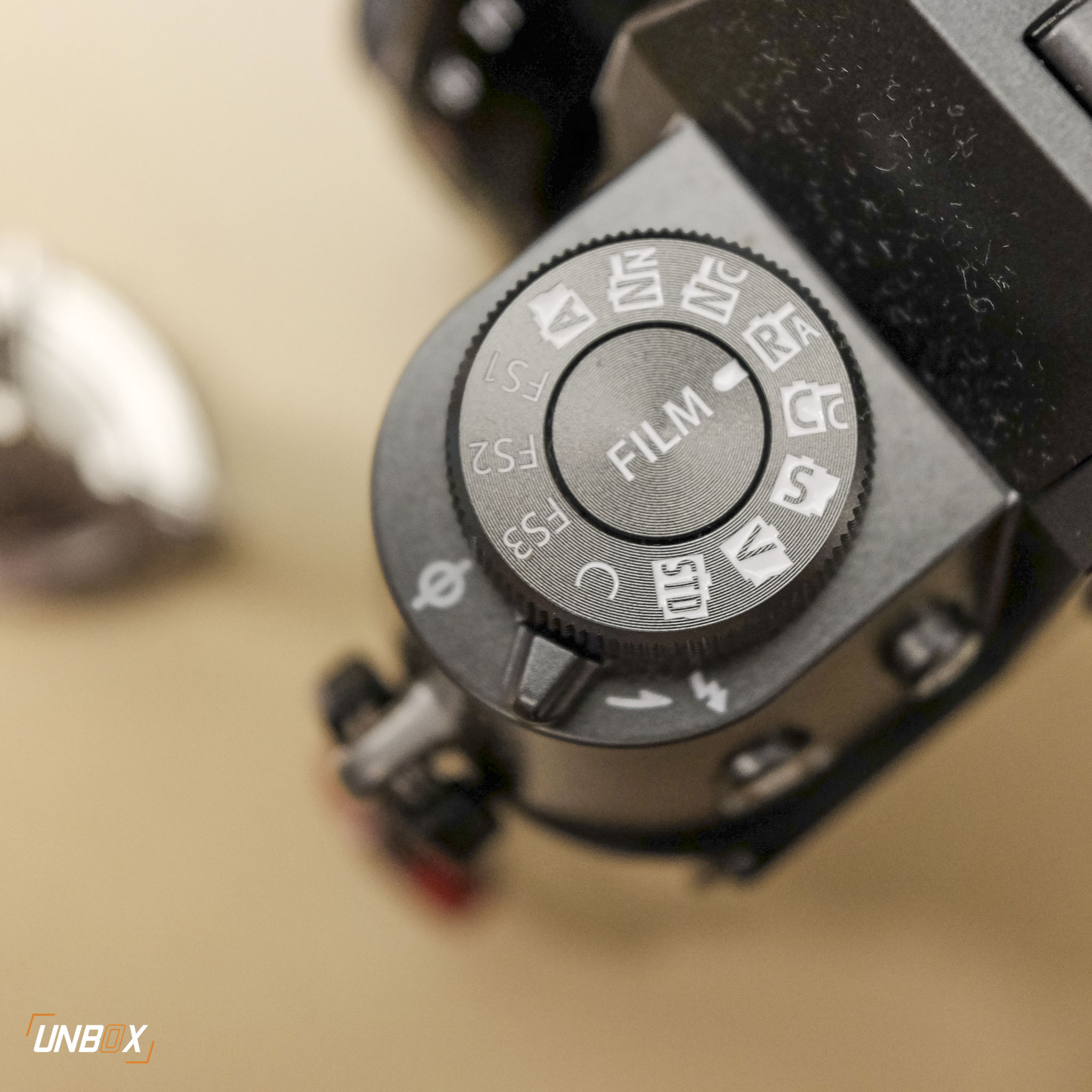
The Film Simulation Dial is fun to use–but has room for improvement.
The X-T50’s much-talked feature is swapping what used to be the drive dial for a Film Simulation dial. While this may enrage hardcore photographers, we found this feature fun to use since it allowed us to easily change different color profiles to suit our shooting preferences. Most of the time, we were juggling between Reala Ace, Nostalgia Negative, Classic Chrome, and Velvia, as these Film Simulations are what best define “Fujifilm colors”.
While there are three extra slots in the dial, one improvement Fujifilm can do is allow users to map their film recipes with the dial–and not be limited to what is included with the X-T50 by default. This simple update should further make the X-T50 more favored by photographers who want a certain look with their images without needing to do additional post-processing.
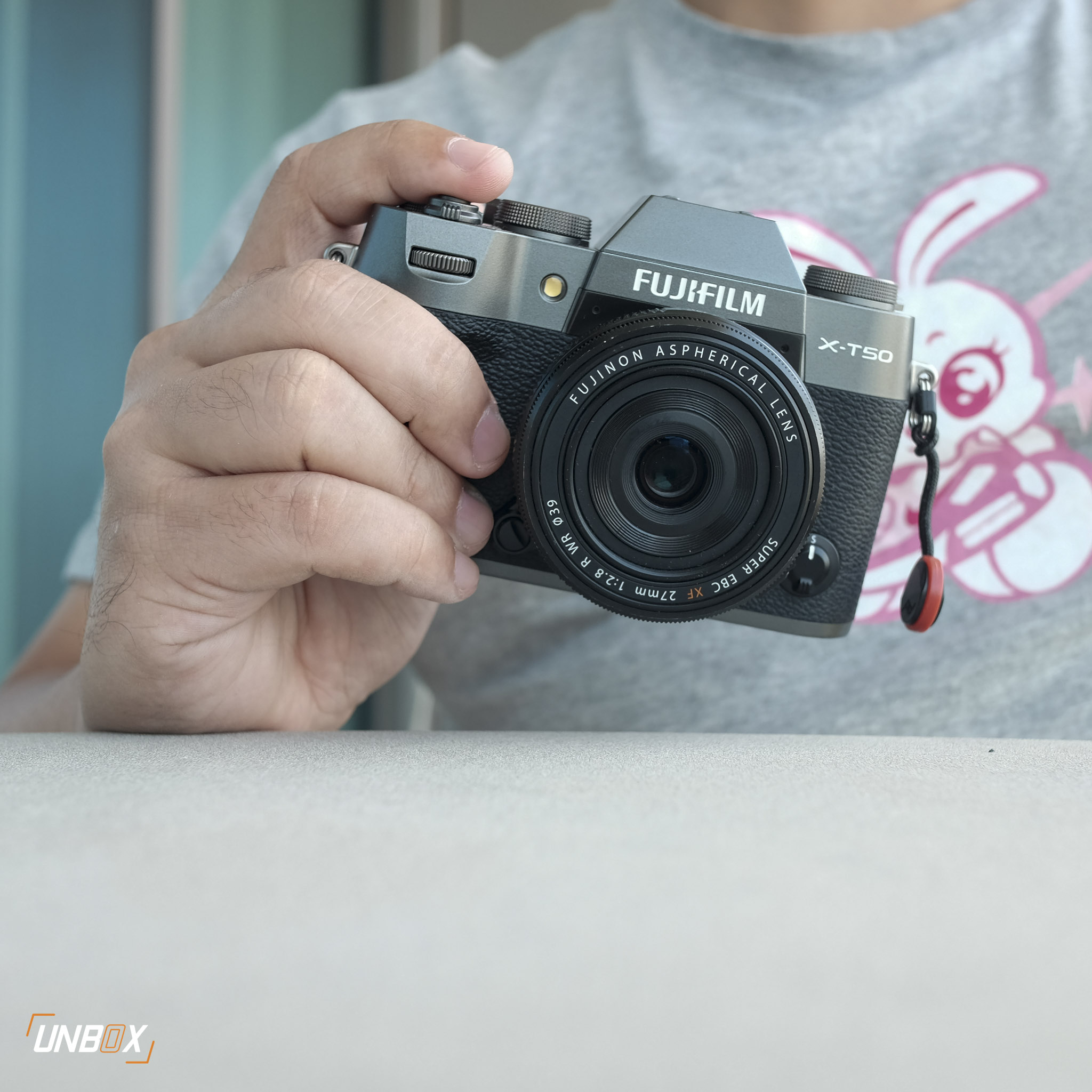
The quality-of-life improvements are well-appreciated.
As someone who has used the X-T30 before, some of the improvements made on the X-T50 are a welcome treat. One of the biggest quality-of-life upgrades has to be the handgrip, which is more substantial and makes it easier to handle the camera. The microphone jack is now a more common 3.5mm variety, saving you time from fumbling around with adaptors when you need to attach an external mic.
You even get a USB-C adapter out of the box to use the X-T50’s USB-C port as a headphone jack, making it possible to utilize it as a vlogging camera–albeit with limitations to its touchscreen display.
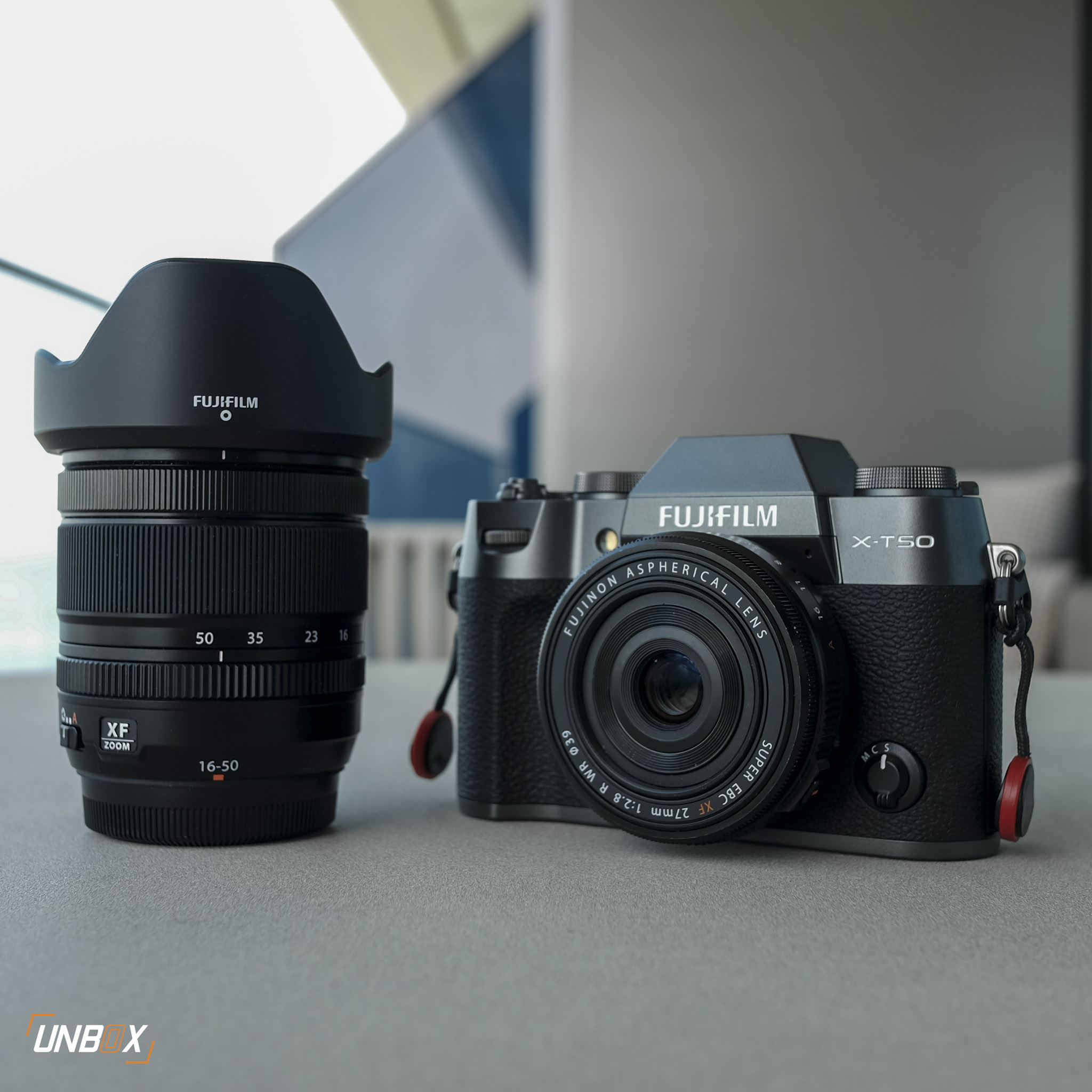
Should you buy it?
That’s the question we’ve wanted to answer after two weeks with the X-T50: it is on the pricey side of things for an APS-C mirrorless camera, but the performance of the 40-megapixel sensor and IBIS justifies it. Granted that you can spend a little more and get an X-T5 instead, the X-T50’s appeal is its compact body that houses such a powerful sensor.
Considering how hard it is to get the X100VI in the Philippines and globally (unless you’re willing to pay a hefty sum in the resell market), the Fujifilm X-T50 is a solid alternative to it–especially if you intend to pair it with the XF 27mm pancake, which sells for Php 22,990. While it doesn’t have the X100VI’s fancy hybrid viewfinder, the X-T50 gives you different lens options in exchange.
The X-T50 is priced at Php 92,990 for the body only and Php 117,990 with the XF 16-50mm F/2.8-4.8 R LM WR lens.


